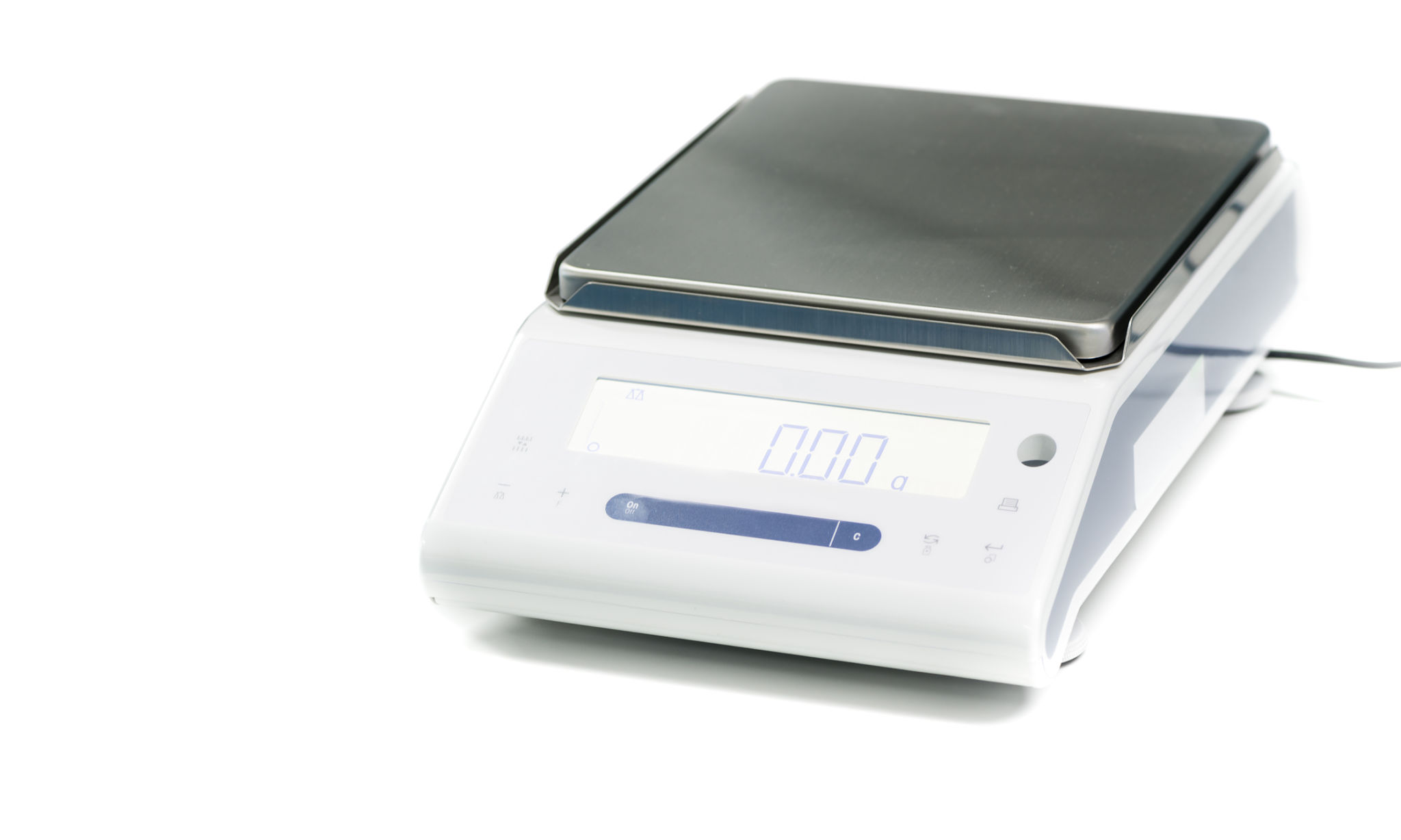Future Trends in Robotic Process Automation: What to Expect
Understanding Robotic Process Automation (RPA)
Robotic Process Automation (RPA) has revolutionized the way businesses operate by automating routine tasks. It uses software robots to mimic human interactions with digital systems, making processes faster and more efficient. As technology continues to advance, RPA is expected to evolve significantly, offering even greater benefits to organizations.

Integration with Artificial Intelligence
The future of RPA is closely linked with the integration of Artificial Intelligence (AI). By combining AI with RPA, businesses can automate complex decision-making processes, not just repetitive tasks. This integration will enable software robots to learn from past data, making them more adaptive and capable of handling dynamic scenarios.
AI-powered RPA will allow for the automation of processes that require understanding natural language, recognizing patterns, and making predictions. This will lead to more intelligent automation solutions that can significantly boost productivity across various industries.
Expansion Across Industries
Initially popular in sectors like finance and IT, RPA is now expanding into new areas such as healthcare, manufacturing, and retail. As these industries adopt RPA, they can expect to see improved operational efficiency, reduced costs, and enhanced customer experiences. This broad adoption is a testament to the versatility and effectiveness of RPA technology.

Increased Focus on Security
As RPA systems become more prevalent, ensuring their security is paramount. Future trends indicate a greater emphasis on building robust security measures into RPA solutions. This includes protecting sensitive data processed by bots and ensuring compliance with regulatory standards.
Organizations will need to invest in secure RPA platforms that offer encryption, access controls, and regular audits to safeguard their automated processes from cyber threats.
Scalability and Flexibility
One of the key future trends in RPA is the enhancement of scalability and flexibility. Businesses will be able to deploy RPA solutions at scale, accommodating fluctuating workloads without compromising performance. The ability to easily scale operations up or down will be critical for businesses aiming to stay competitive in rapidly changing markets.

Improved User Experiences
The next generation of RPA tools will focus on improving user experiences by simplifying the design and deployment of automation solutions. User-friendly interfaces and drag-and-drop functionalities will make it easier for non-technical staff to create and manage bots.
This democratization of technology will empower more employees to participate in automation initiatives, fostering an environment of innovation and continuous improvement within organizations.
Emphasis on Collaborative Automation
Collaborative automation is set to become a major trend, where humans and bots work together more seamlessly. This collaboration will be facilitated through improved interfaces and communication channels that allow bots to assist employees in real-time.
By leveraging the strengths of both human creativity and machine efficiency, businesses can create hybrid teams that are highly productive and capable of tackling complex challenges.

Conclusion
The future of Robotic Process Automation holds immense potential for transforming how businesses operate. With advancements in AI integration, expanded industry applications, enhanced security measures, and improved scalability, RPA is poised to become an indispensable tool for organizations worldwide.
As these trends unfold, businesses that strategically adopt and adapt to these changes will be well-positioned to maximize the benefits of RPA and achieve sustainable growth.
